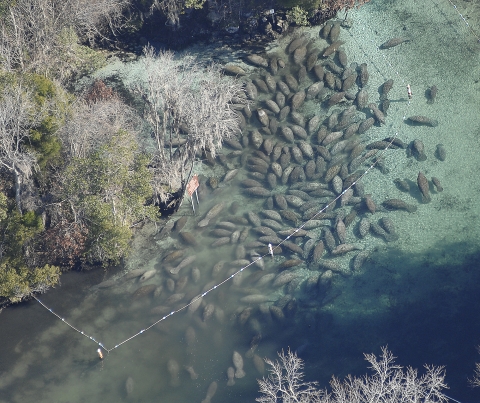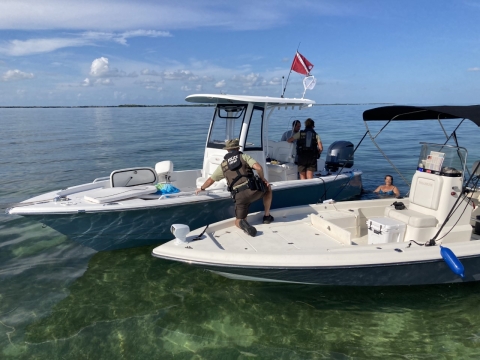What We Do
The National Wildlife Refuge System is a series of lands and waters owned and managed by the U.S. Fish and Wildlife Service. Wildlife conservation is at the heart of the refuge system. It drives everything we do from the purpose a refuge is established, to the recreational activities offered there, to the resource management tools we use. Selecting the right tools helps us ensure the survival of local plants and animals and helps fulfill the purpose of the refuge.
Management and Conservation
Crystal River National Wildlife Refuge establishes and maintains critical winter habitat for the Florida manatee, and protects island habitat necessary for migratory and shore birds.
Crystal River National Wildlife Refuge protects manatees in Kings Bay, particularly during the winter manatee season by managing seven warm-water sanctuaries. The national wildlife refuge national wildlife refuge
A national wildlife refuge is typically a contiguous area of land and water managed by the U.S. Fish and Wildlife Service for the conservation and, where appropriate, restoration of fish, wildlife and plant resources and their habitats for the benefit of present and future generations of Americans.
Learn more about national wildlife refuge closes the sanctuaries to public access during the colder months of the year (i.e., November 15 to March 31) when manatees need warm water (> 68 degrees Fahrenheit) for survival. Temporary closures at Three Sisters, House and Jurassic Springs or expanded boundaries of the permanent sanctuaries may be in place during extreme cold events. The temporary closures provide additional warm water areas for the large numbers of manatee that winter in Kings Bay. Additionally, the refuge assists the Florida Fish and Wildlife Conservation Commission in rescuing injured and orphaned manatees within all of Kings Bay when needed.
Our Projects and Research
The refuge is involved in several ongoing projects including monthly manatee counts, manatee health assessments, and the coordination of manatee rescues and releases with the Florida Fish and Wildlife Conservation Commission. The refuge also provides visitor services, completes bird surveys, and partners with local organizations to restore Kings Bay habitat.
Law Enforcement
The mission of the National Wildlife Refuge System Law Enforcement program is:
"Through education and enforcement we protect our employees, volunteers, and visitors; safeguard the public’s investment in facilities and equipment; and protect the integrity of the habitat and the wildlife resources of the National trust resource which is the 150 million acre National Wildlife Refuge System.”


